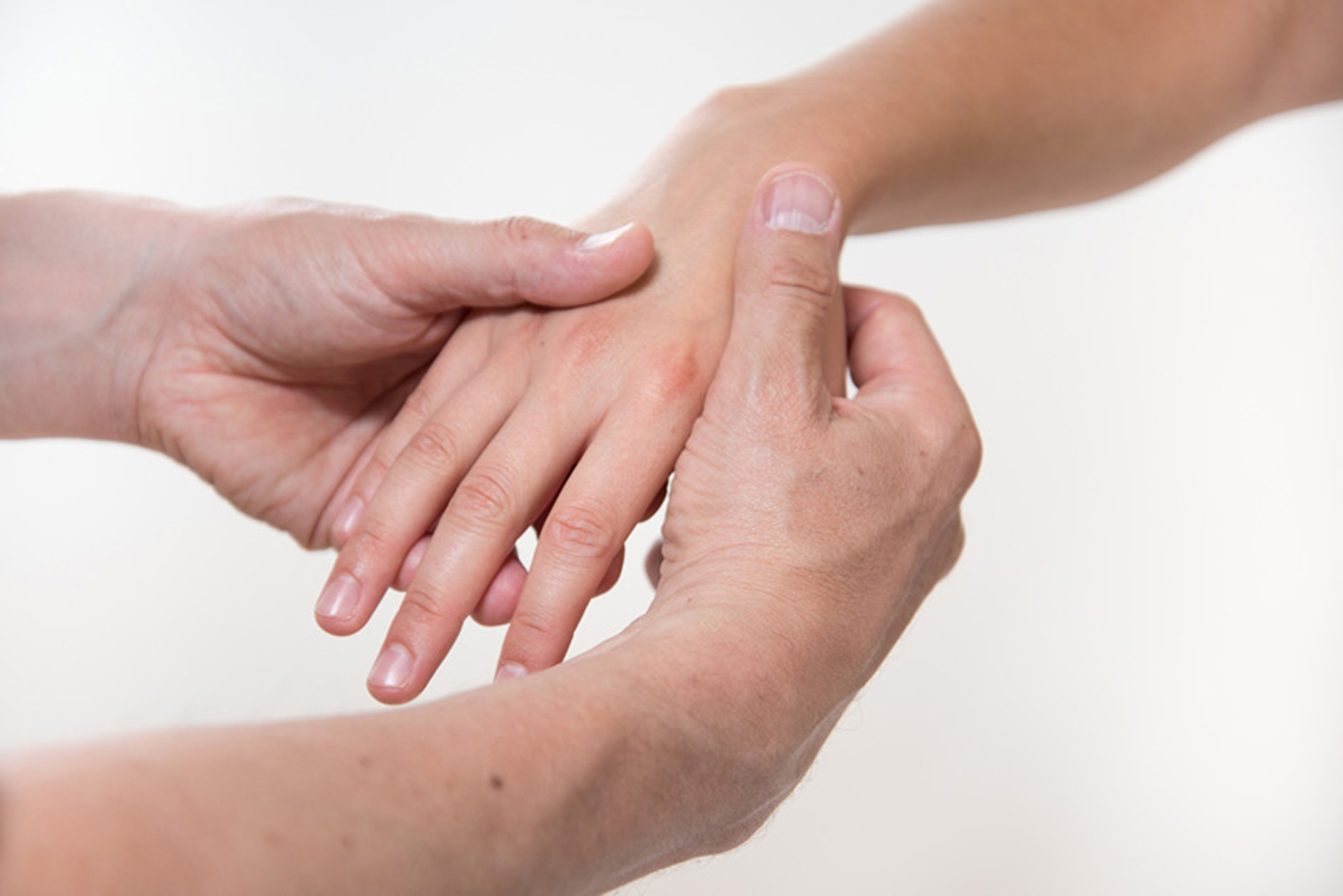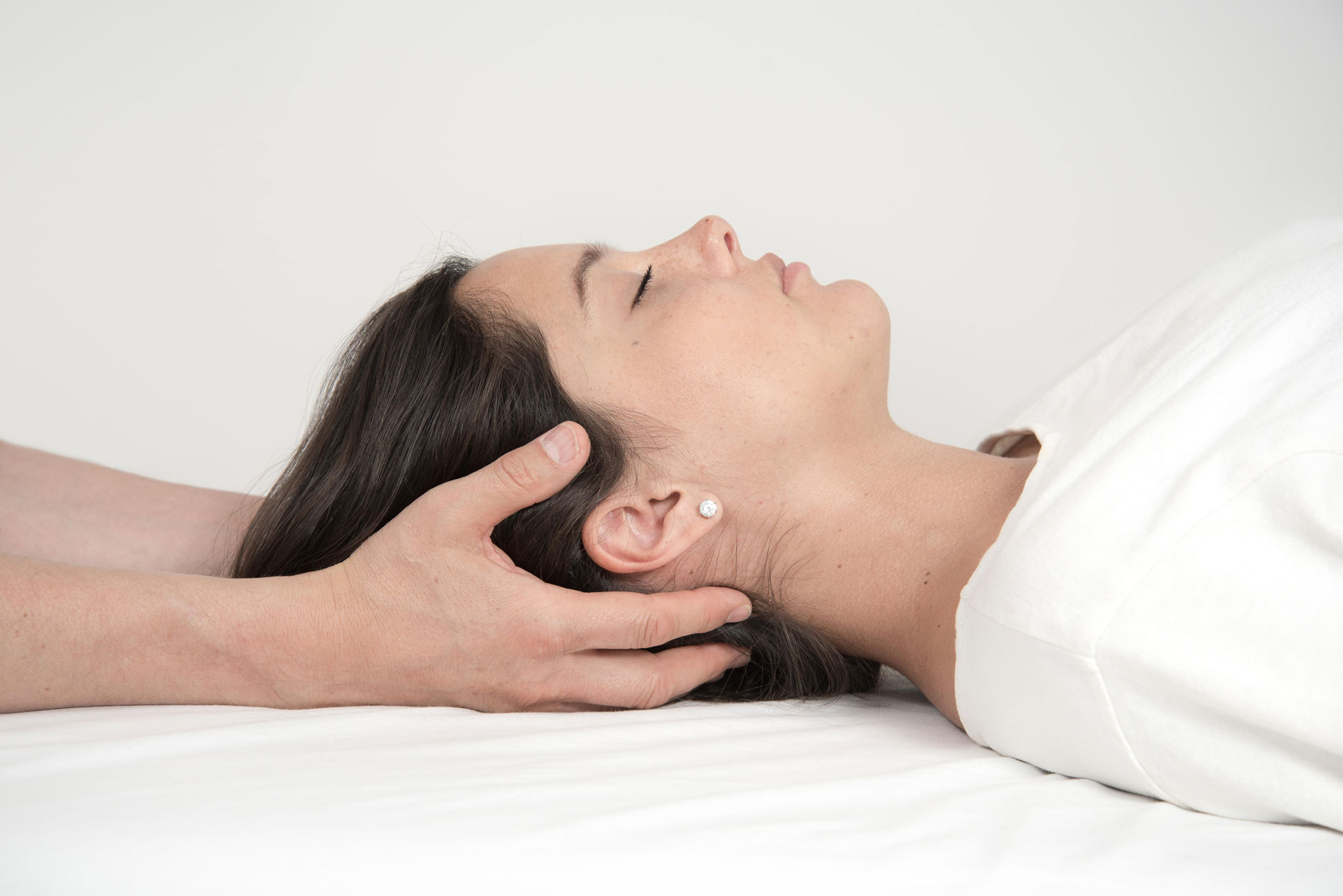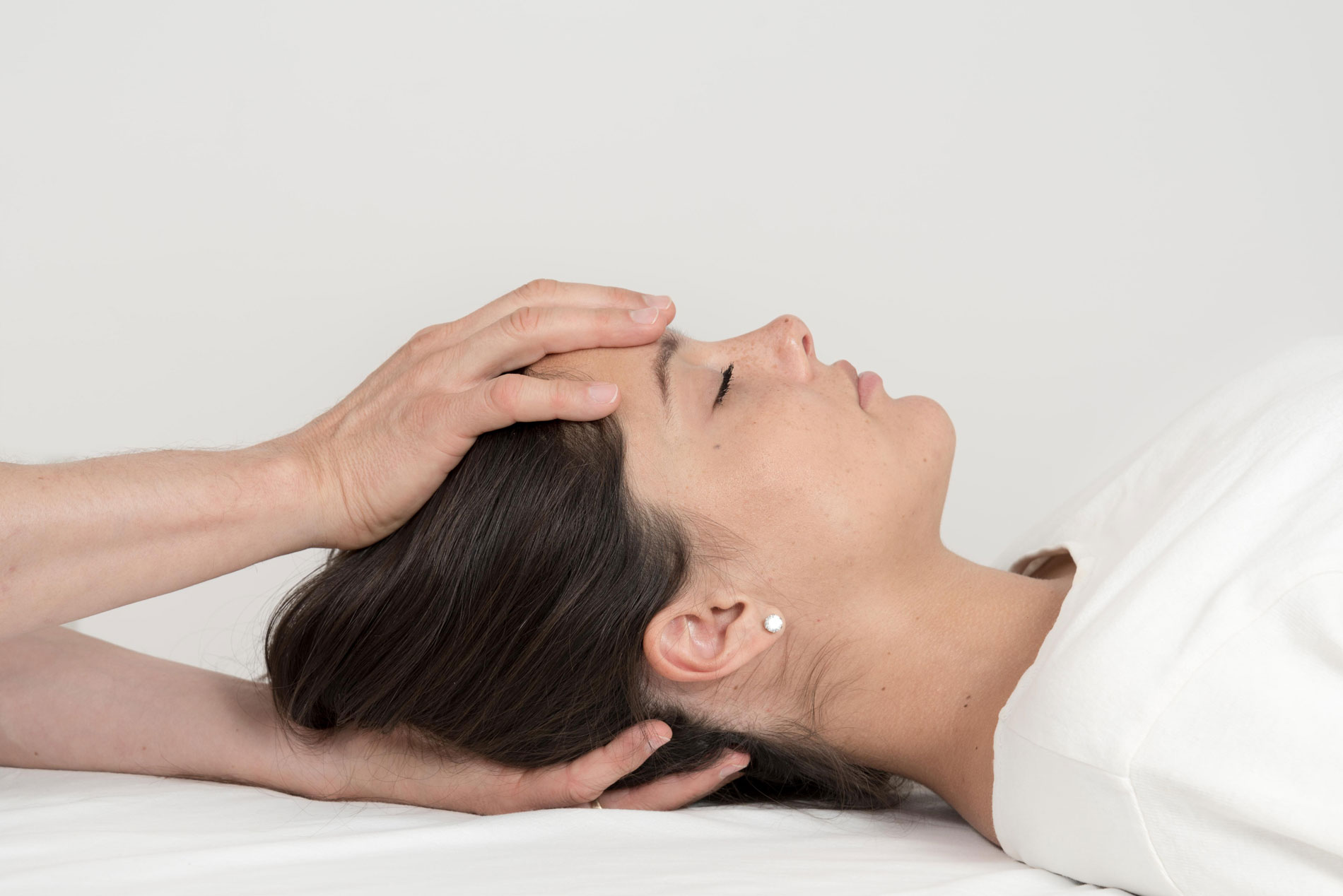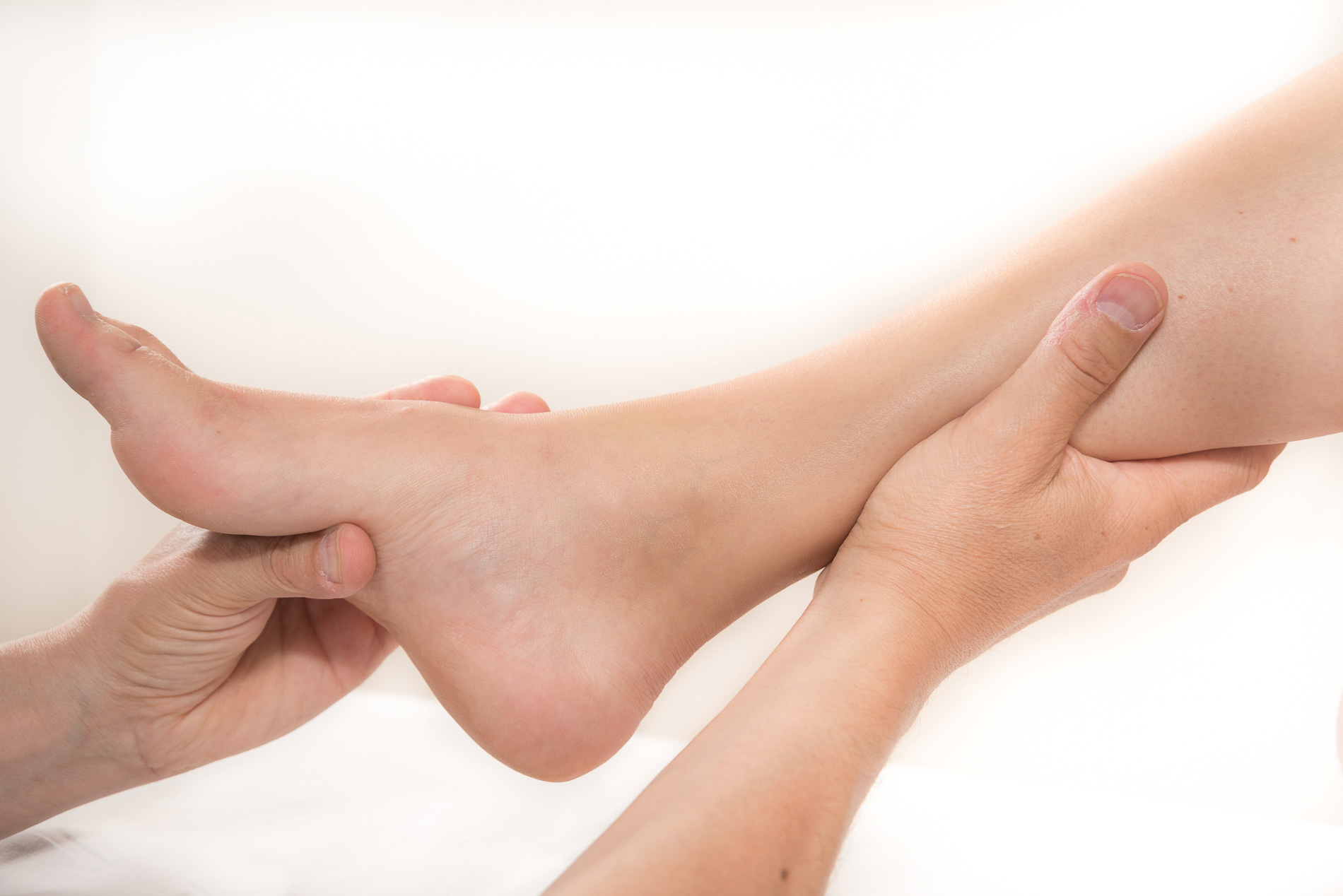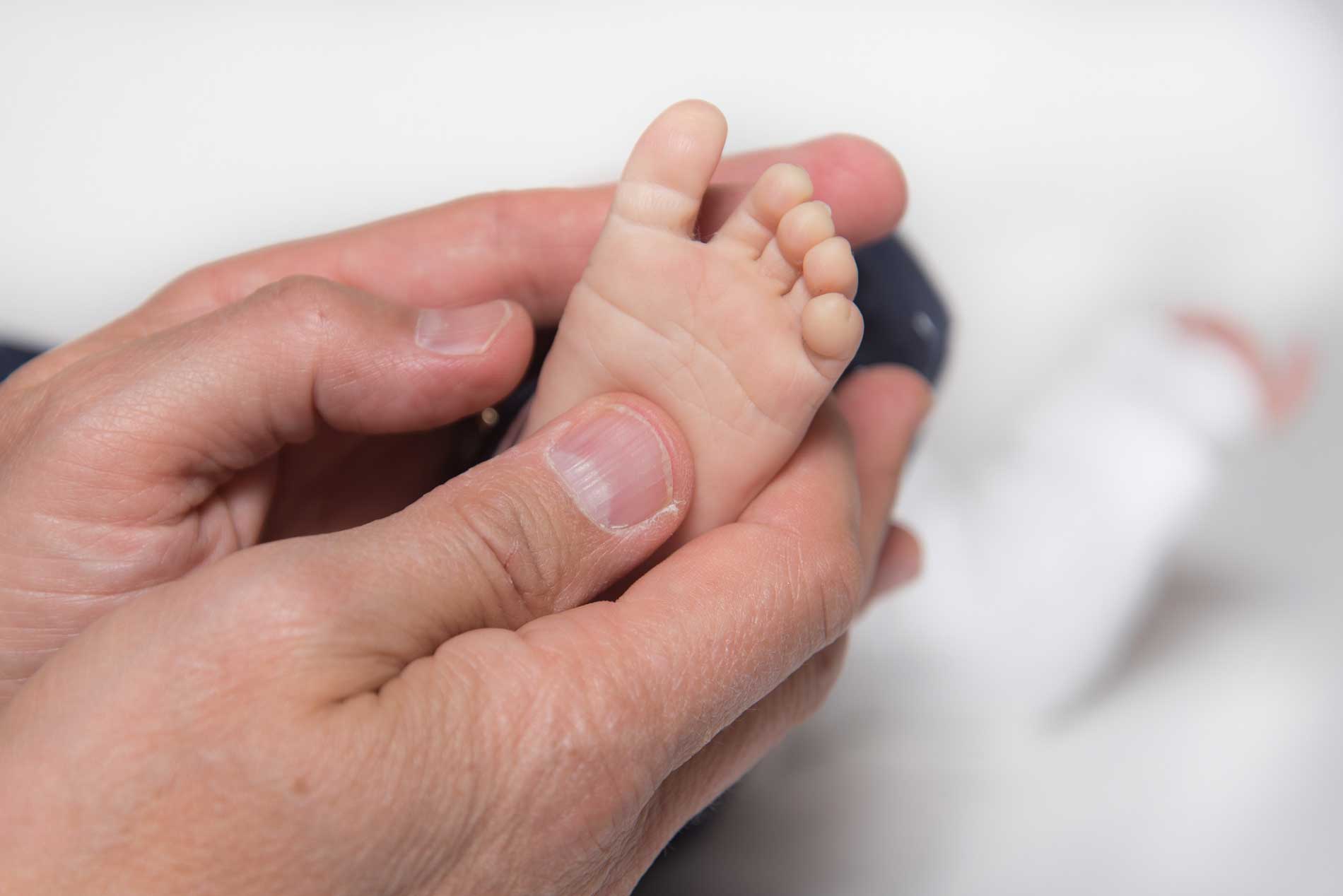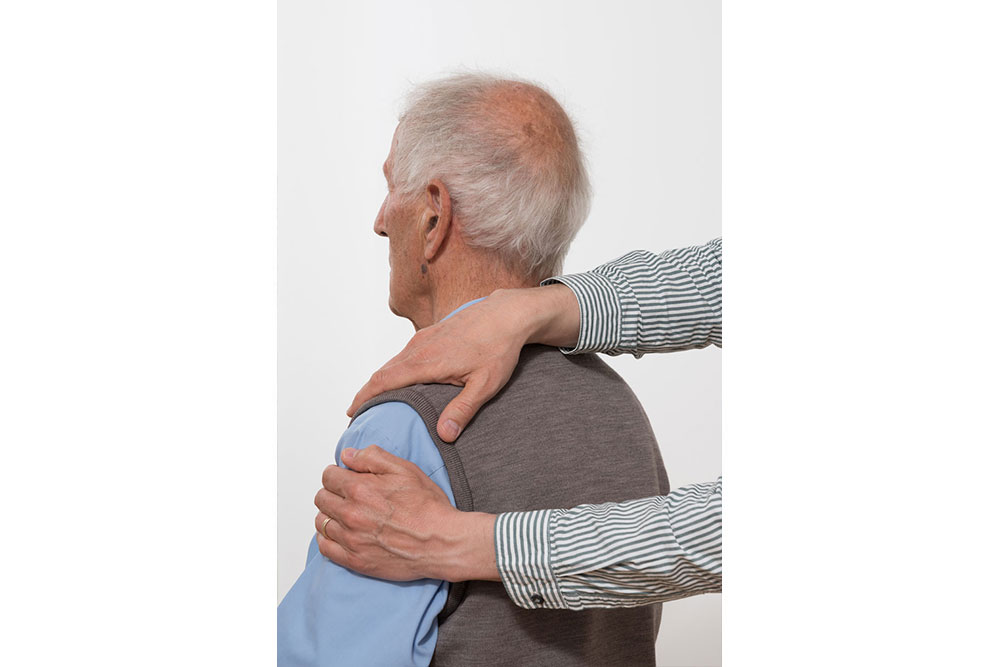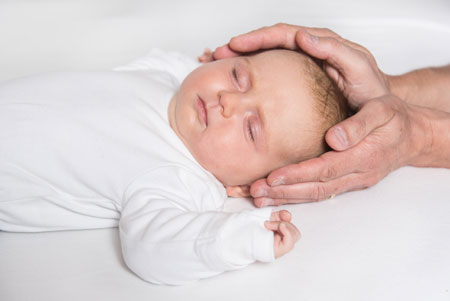Osteopathy
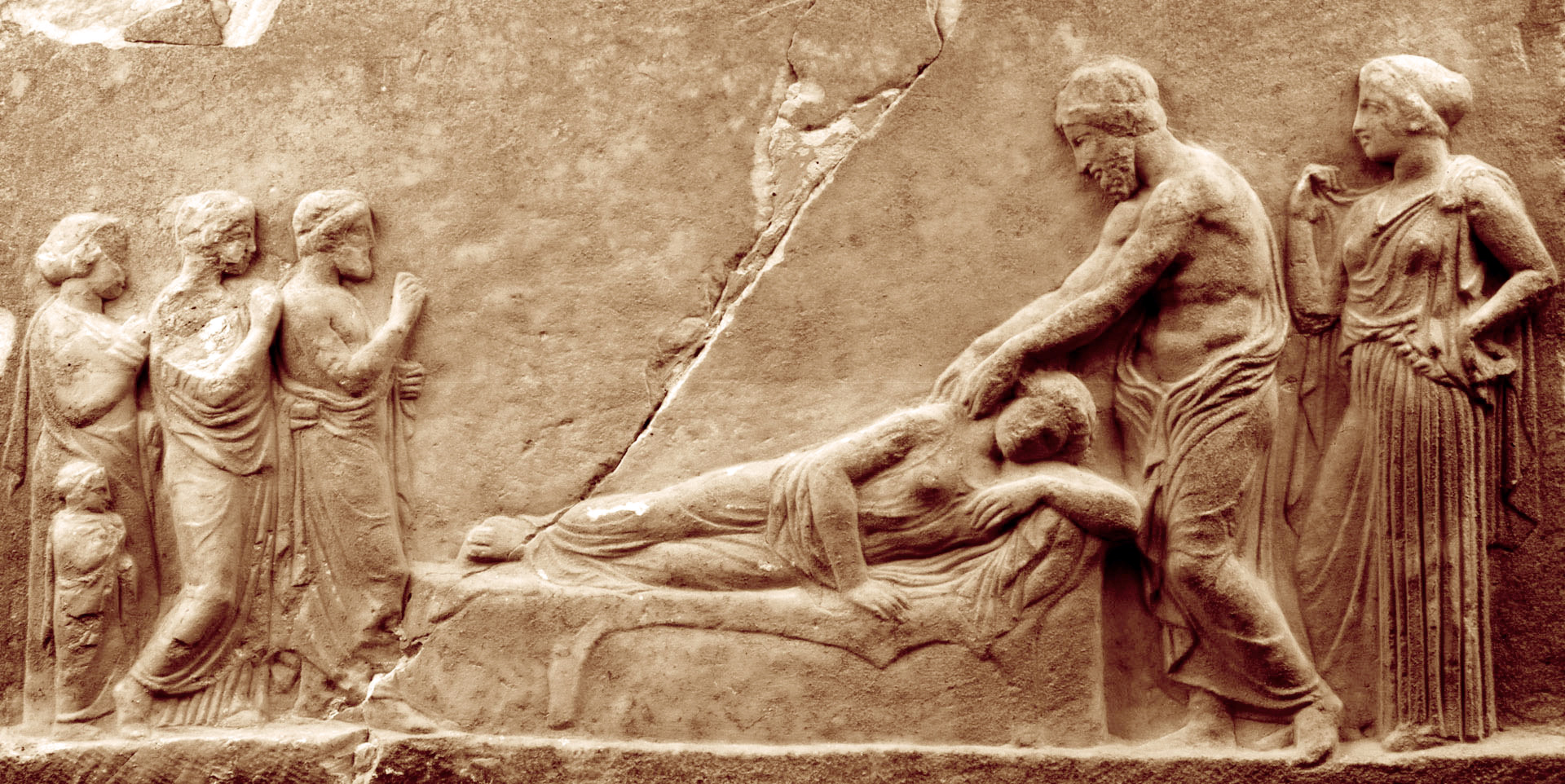
“I believe that the soul and body interact. A change in the state of the soul produces a transformation in the structure of the body; vice versa, a change in the structure of the body transforms the constitution of the soul.”
Aristoteles (384 - 322 BC), Greek philosopher, student of Plato
Frequently asked questions about osteopathy
To see the answers, please click on the corresponding question. If you would like to know more, in particular whether the treatment methods I use can help you or alleviate certain symptoms, do not hesitate to contact me directly.
To see the answer, simply click on the question.
The history and philosophy of osteopathic medicine:
The history and philosophy of osteopathic medicine: Osteopathy was founded more than 140 years ago by American physician Dr. Andrew Taylor Still (1828-1917). After having to stand by while three of his children died of illness, he was thrown into a deep existential crisis out of a feeling of powerlessness and the inability of medical know-how at that time to help. He retired as a doctor and over many years, using his precise knowledge of the structure and function of the human body, he developed a method of diagnosing and triggering healing processes in the body with his hands.Osteopathy today is still based on his in-depth and unique insights:
- The human being is a dynamic unit of function
- The body possesses self-regulatory mechanisms which are self-healing in nature
- Structure and function are interrelated at all levels
The body’s tissues, such as muscles, bones, joints and the inner organs, are dependent on mobility to remain healthy. Our blood, lymph and even brain liquid also move harmoniously according to their own rhythm.
In osteopathy, the causes of the complaint are detected and treated in the tissue based on restricted movement flow.
Even though the body has strong self-healing powers, it cannot compensate a certain amount of malfunctions. These are the cause of complaints, according to Dr. Still. As all structures in the body are joined by the fascia – connective tissue surrounding each muscle and organ – limited mobility can also affect other areas of the body via the fascia. This means that the osteopath may start by treating a different part of the body from where the pain is felt.
In osteopathy, the causes of the complaint are detected and treated in the tissue based on restricted movement flow.
Treatment is done calmly. The osteopath examines different areas of the human tissue layer by layer. Thanks to many years of training, he is able to detect restricted movement and tension with his hands. In this way, he gets a picture of the correlations and can draw up a treatment plan.
The osteopath has a wide range of manual procedures at his disposal. The aim of osteopathic treatment is to enable the patient to regain equilibrium – naturally.
- Structural osteopathy: Dealing with the spine, joints, muscles, tendons, ligaments, etc.
- Visceral osteopathy: Heart treatment, stomach, bowels, liver, gall bladder, kidneys, vessels, etc.
Paolo Palatini
Practice for Osteopathy / Naturopathy
Zum Mühlöschle 12
88633 Heiligenberg
Tel. 07554 986 4922
How to get there By public transport:
Bus 7379 from Überlingen dirction Heiligenberg
(ca. 40 minutes drive)
leave bus in in Steigen.
Walk down hill in direction of the houses.
After about 300m turn left into Mühlenweg,
after 20m left again in 'Zum Mühlöschle'
The house No. 12 is on the rightBy car:
From Überlingen to Heiligenberg/Steigen
(see map) Parking in front of the house.
Photos
Sigrun Janiel:
Image-Slide, Baby, Hands, Medicine Bottles
Shutterstock:
Tree, Tracks in the Sand, Nerve Cells
